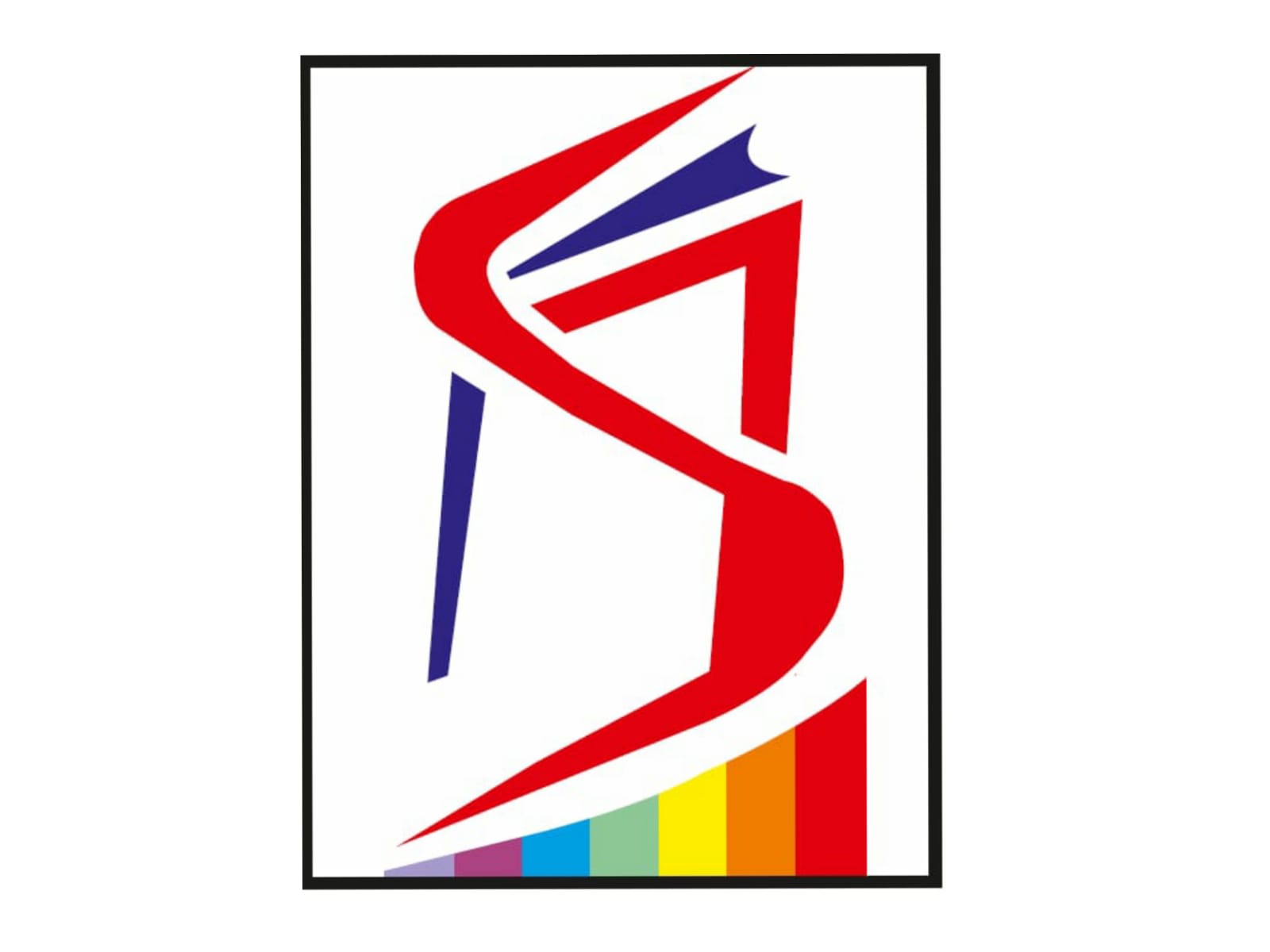The Wassenaar Arrangement on Export Controls for Conventional Arms and Dual-Use Goods and Technologies has decided to admit India as its new member—its 42nd participating state. This is expected to raise the country’s stature in the field of non-proliferation despite not being a signatory to the Non-Proliferation Treaty (NPT) besides helping it acquire critical technologies.The decision was taken at the two-day plenary meeting of the grouping in Vienna in December 6-7, 2017.
The membership is expected to build up a strong case for India’s entry into the 48-member Nuclear Suppliers Group+ (NSG). It is expected to facilitate high technology tie-ups for Indian industry and easy access to high-tech items for its defence and space programmes. Though it would not automatically translate into a preferential treatment from other WA members, it would create a base for realignment of India in the export control policy framework of other WA members, including eligibility for certain licensing exceptions. Significantly, for India, China is not a member of the Wassenaar Arrangement.
In June 2016, India joined the Missile Technology Control Regime+ (MTCR), another key export control regime, as a full member.
Since its civil nuclear deal with the US, India has been trying to get into export control regimes such as the NSG, the MTCR, the Australia Group and the Wassenaar Arrangement that regulate the conventional, nuclear, biological and chemicals weapons and technologies.
About Wassenaar Arrangement
Some details about the Wassenaar Arrangement follow.
*It was set up on July 12, 1996 in Wassenaar, the Netherlands.
*It is a multilateral export control regime (MECR) with 42 participating states including many former Warsaw Pact countries.
*It has its Secretariat in Vienna, Austria.
*It is successor to the Cold War-era Coordinating Committee for Multilateral Export Controls (COCOM): it is like COCOM in that it is not a treaty, and therefore is not legally binding, but is less strict than COCOM, as it focuses primarily on the transparency of national export control regimes and not granting veto power to individual members over organisational decisions.
*It is aimed to promote transparency and responsibility in transfers of conventional arms and dual-use goods and technologies. Its members are to ensure that transfers of these items do not contribute to the development or enhancement of military capabilities which undermine these goals.
*Under it, deliveries of conventional arms to non-Wassenaar members fall under eight broad weapons categories: battle tanks, armoured fighting vehicles (AFVs), large-calibre artillery, military aircraft, military helicopters, warships, missiles or missile systems, and small arms and light weapons.
